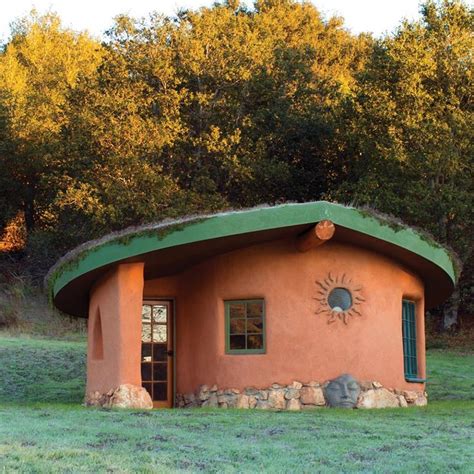Secrets to Building a Cheap Cob House: A Guide to Affordable, Sustainable Living
Building a house is a significant undertaking, often associated with hefty price tags. However, exploring alternative building methods like cob construction can offer a pathway to affordable, sustainable, and eco-friendly homeownership. This guide unveils the secrets to building a cheap cob house, focusing on minimizing costs without compromising quality or structural integrity.
What is Cob?
Cob is a natural building material composed primarily of subsoil clay, sand, and straw. The precise mix varies depending on the local soil composition, requiring careful testing to achieve the right balance. This readily available, low-cost material is the foundation of cheap cob house construction. The beauty of cob lies in its simplicity; it requires minimal processing and no kilns or specialized equipment for production—a major cost saver.
Key Strategies for Keeping Cob House Costs Low
Building a cheap cob house demands careful planning and resourcefulness. Here's a breakdown of key cost-saving strategies:
1. Sourcing Materials Locally and For Free (or Very Cheaply)
The most significant cost reduction comes from acquiring materials locally and minimizing transportation expenses.
- Soil Testing: Invest in a simple soil test kit to determine the suitability of your land's subsoil for cob. This crucial step can save you money by avoiding unnecessary material purchases. If your land isn't ideal, explore nearby sites where you might source the right mix affordably.
- Free or Low-Cost Straw: Contact local farmers; they often have surplus straw after harvesting, which they might gladly give away or sell at a low price. This significantly reduces the building's material costs.
- Recycled Materials: Incorporate recycled materials wherever possible. Repurposed windows, doors, and even reclaimed lumber can dramatically cut down on expenses.
2. Harnessing Volunteer Labor and Skill Sharing
Building a cob house is a labor-intensive process, but tapping into volunteer networks can significantly reduce labor costs.
- WWOOFing (World Wide Opportunities on Organic Farms): Consider hosting WWOOFers, who offer their labor in exchange for room and board. This provides valuable assistance and a collaborative building experience.
- Skill-Sharing Workshops: Organize workshops to teach cob building techniques, fostering a community effort and sharing knowledge.
3. Careful Design and Planning to Minimize Material Waste
Meticulous planning minimizes material waste, directly impacting your budget.
- Simple Designs: Opt for simple, straightforward designs that require less material and labor. Avoid overly complex architectural features.
- Optimize Wall Thickness: Carefully calculate the optimal wall thickness based on your climate and insulation needs. Thicker walls require more material but offer better insulation, potentially reducing heating and cooling costs in the long run.
- Precise Measurements: Accurate measurements prevent material wastage and ensure efficient use of resources.
4. Prioritizing Insulation and Energy Efficiency
Investing in proper insulation from the start minimizes energy consumption and long-term costs.
- Cob's Natural Insulative Properties: Cob is naturally insulative, reducing the need for excessive added insulation.
- Strategic Placement of Windows and Doors: Careful window and door placement maximizes solar gain in winter and minimizes heat loss in summer.
Frequently Asked Questions (FAQs)
How long does it take to build a cob house?
The construction time varies significantly based on the house's size, complexity, and the availability of labor. Expect a timeframe ranging from several months to a couple of years.
Is a cob house structurally sound?
When properly constructed with the correct soil mix and techniques, cob houses are remarkably strong and durable, capable of withstanding various weather conditions. However, careful planning and execution are crucial.
What are the maintenance requirements of a cob house?
Cob houses require regular maintenance, primarily focusing on protecting the exterior from water damage. A simple limewash application every few years helps protect the cob and enhances its aesthetics.
Are cob houses suitable for all climates?
Cob construction is adaptable to various climates, but certain modifications might be necessary depending on the region's weather conditions. For example, extra insulation may be needed in colder climates.
Are there any permits required to build a cob house?
Building codes and permit requirements vary widely depending on your location. It's crucial to research and comply with local regulations before starting construction.
Conclusion
Building a cheap cob house is an achievable goal with careful planning, resourcefulness, and a commitment to sustainable practices. By embracing these strategies and fostering a collaborative spirit, you can create an affordable, eco-friendly home that reflects your values and provides a comfortable, healthy living space. Remember, the journey is as rewarding as the destination. The satisfaction of building your own home using sustainable materials is priceless.

